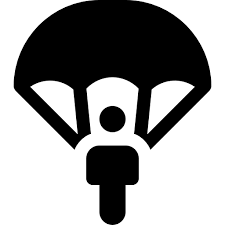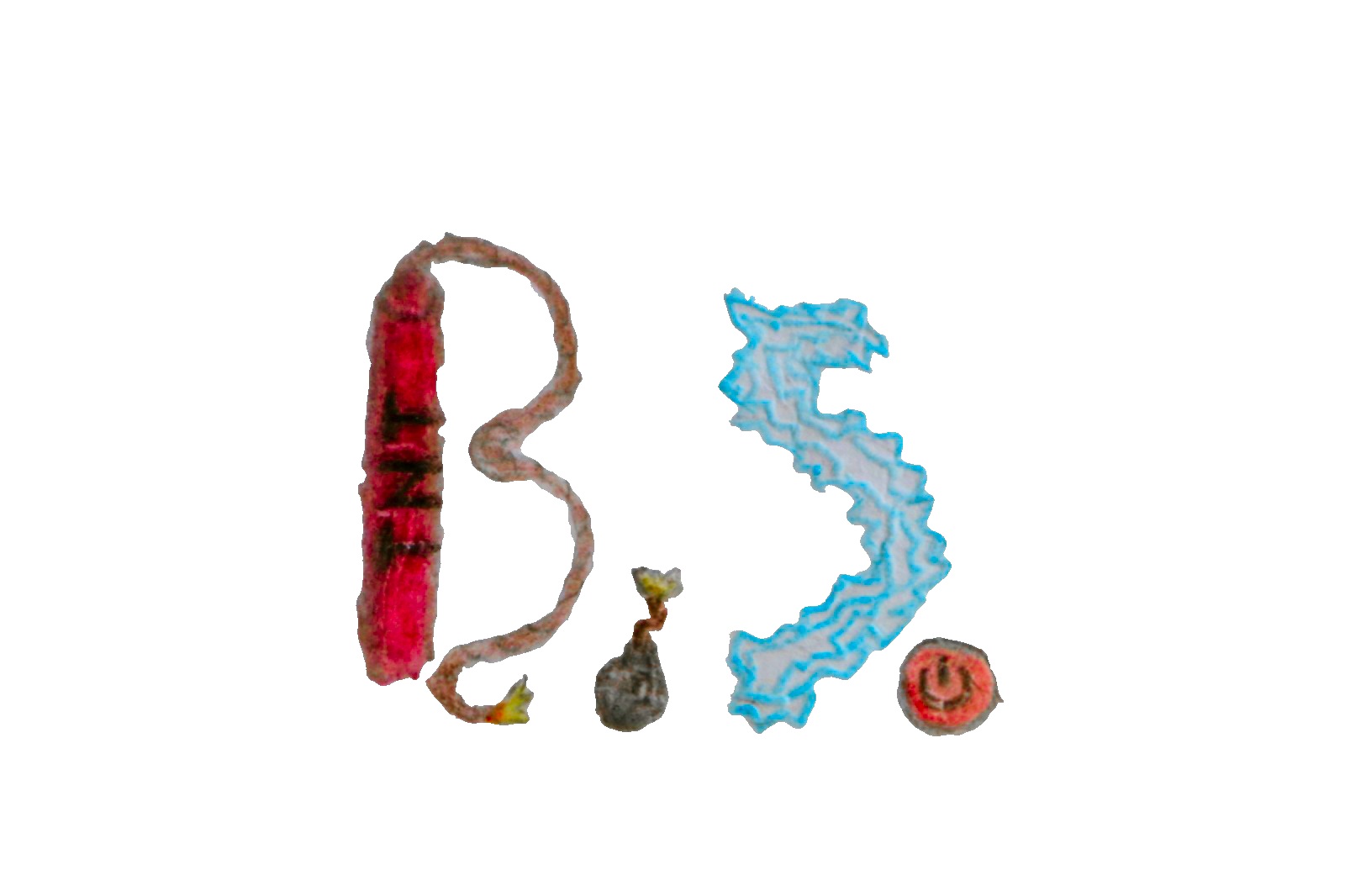The world has a lot of different standards for a lot of things, but I have never heard of a place with the default screw thread direction being opposite.
So does each language have a fun mnemonic?
Photo credit: https://3.bp.blogspot.com/-Giy8OrYJTjw/Tfm9Ne5o5hI/AAAAAAAAAB4/c7uBLwjkl9c/s1600/scan0002.jpg
i just remember clockwise is tighten lol
You can cover right/left with “right is the hand you write with, and left is the one that’s left” and be good for 80%-95% of the population.
Not aware of one in German.
We used to have one: “Solang das deutsche Reich besteht wird jede Schraube rechts gedreht.” (“As long as the German Empire persists every screw is turned right.”)
Given that the German Empire failed spectacularly, this sentence isn’t very popular anymore.
I have never heard that before this thread, possibly because I was born in Austria decades after the name “Deutsches Reich” was abolished.
I know it as “Seitdem das Deutsche Reich besteht wird die Schraube rechts gedreht” (“Since the German Reich was founded, the screw has been turned to the right”), I always assumed it was because many things were standardized between the German states after unification and that this was one of these things, but I can’t find any reference to that.
But we have: nach fest kommt ab!
Which translates like: after tight comes off
This one…makes no sense to me. What is that supposed to mean (or how does it relate to the original expression)?
Is it some comment about how sometimes it’s hard to get something started, but eventually you’ll get the result you were looking for, or something?
If you turn the screw to the right, it becomes tight. If you keep turning it, it comes off.
Just means “don’t overdo it”.Gotcha, thanks.
“Lefty Loosey righty tighty”
One arrow points up to the left, one points down to the left.
It’s about direction of rotation, does the wrench turn left or turn right, there isn’t the same notion of up and down / in and out because that portion happens when the bolt or nut turns. Also, anything rotation is moving the opposite direction on the other side of the rotation, so if you have to tighten a screw that turns towards you it’s the opposite
Not for screwing/unscrewing but in France we have a satire mnemonics for remembering right and left:
The right hand is the one with the thumb pointing left.
Works only if you look at the back of your hands, and obviously not useful. We use it mainly to mock someone who mix right and left
In English we’ll say, “Your other <right/left>”, depending on which direction the person is messing up.
I think that one is universal
We got that one in Germany as well
Are there lots of French who can’t easily tell left from right? I feel like one of the few sad Americans who can’t. Would love to know why. I always chalked it up to a lack of coordination.
I’d say as many as in other countries
Dad? Is that you ?
What’s the phrase in French?
Not sure about the thumb one but for screws with only have:
- Visser : sens des aiguilles d’une montre (clockwise)
- Dévisser : sens contraire des aiguilles d’une montre (anti clockwise)
La main droite, c’est celle qui a le pouce à gauche
I never really got that one, because “left” vs “right” only works when you are looking at the top of the screw. At the bottom, left tightens, and right loosens. So the one I remember is “clockwise to close”.
Edit: the image on the post is actually a good example. If I’m off the screen to the right holding the spanner, then from my perspective, “left” would tighten.
I’ve always thought this too. I understand clockwise/anticlockwise and the direction being defined from the top - but it’s a circle - no matter which way you turn, it spends 50% of the time going either direction. The phrase works with screwdrivers (especially ratcheting ones), but not so much spanners or Hex Keys IMO.
I always railed against this. I’m using clockwise-lockwise from now on.
Agreed. If the screw moves left or right, it fell out of its hole, lol. I guess “clockwise” is hard to rhyme.
If you mime tightening a bolt, your thumb moves to the right. And vise versa.
Am i weird if i tighten bolts by moving my fingers up/down intsead of side to side?
Left or right-handed?
Both. Odd that you would ask without trying it yourself.
With my left hand, my thumb starts facing right, and then sort of goes down and towards the left.
It works for screws, but as a kid, I was never sure if the clock on the wall should be visualized attached to the ceiling or on the floor when saying “clockwise”. So I was always a bit hessitant on that.
We have: “Nach fest kommt ab”
The phrase “Nach fest kommt ab” is a German saying that translates to “After tight comes off” in English. It’s typically used to describe the idea that if you tighten something too much (like a screw), it will eventually break or come loose. It’s often used to remind people to not overdo things.
Yes, but that phrase does not tell you in which direction you have to turn to tighten it. So it doesn’t really answer the question?
There’s the fun police again
If japanese has one, I’ve never heard it. Japanese wife hasn’t either. She was surprised it’s a thing. She saidaybe tradesmen might, but certainly nothing everyone knows
saidaybe?
Yugunnabethawunthatsavemeee
Probably a typo of “said maybe”
Yes, very likely.
Just another instance where AI said fuck this, I ain’t correcting that today.
My dude, look at my post history. I actually noticed it and though “eh, I’ll fix it later” since my wife had finished her coffee and we wanted to free up a table for the people waiting at the cafe.
Or a typo of “you’re gonna be the one that saves me”
Though that’s admittedly somewhat less likely.
Though admittedlyafter all
So when someone changes a light bulb, which direction to turn is just a feeling in their bones?
That’s fair.
Japanese usually just say 時計回り (clockwise) or counter-clockwise
The Spanish version is my favourite: la derecha oprime y la izquierda libera (the right oppresses and the left liberates)
Holy shit, fucking hell, now this is some goddamn wordplay!
I’m stealing this like the fucking British Museum.
BASED
¡Gracias por la lección de español de hoy!
That’s awesome.
I think I saw that on reddit 2years ago, thank you for reminding me how’s the actual saying (I ~have adopted ever since I saw it, lol)
I’m using this in every language I speak from now on!
Oh wow that one is really good :D
I had never heard that before. Is that a region or country-specific thing?
Definitely not a common phrase. I’ve never heard of it (from Spain) and I just asked about 10 others from other countries and only one has. We usually would just say clockwise or counterclockwise
Isn’t everything in Spanish?
The only one I know of is “open counter clockwise”, but after consuming too much media in English I use “righty tighty…”.
I use “Clock-in, counter-out”
Count it outer clockwise
Crank it right in?
Lefty righty, loosie tighty.
I can easily imagine: “right is right left gets you / it left”
But not every language has the double meanings of right and left.
I don’t think we have a Swedish one. But we call clockwise “medsols” and counterclockwise “motsols”. Meaning “with the sun” or “against the sun” Does everyone have reversed threads on plumbing or is that a Nordic/Swedish thing? All plumbing has the reversed rule, left tightens and right loosens.
In the plumbing sector, left-hand threads are used whenever two pipe ends need to be connected that cannot be rotated. The connector is then equipped with a left-hand and right-hand thread and can therefore easily be screwed between them.
So it’s not just typical for Nordic countries, but depends on the application.
I could give you an example. In my kitchen we have a faucet with a detachable aerator. We detach it when we want to use a attachment for a garden hose. When attaching the aerator or the garden hose attachment, the threads are reversed. I might be wrong, but two opposing threads shouldn’t be able to screw into one another right?
Let’s start saying “rajtan-tajtan” as some weird anglicism?
Hahaha thats brilliant
The reversed rule in plumbing is only for gas lines in the Netherlands.
Whut. Chaged my bathroom sink not long ago and it definitely loosens to the left/counter clock. Norway.
Nope. Polish doesn’t have one.
Neither does Czech.
Neither does Russian. We only share right-hand rule from physics.
Nothing in Slovak either. Slavs got srewed.
I never could remember until I was well in my 20s nd heard the righty tighty thing in HIMYM of all places
One mnemonic is to imagine yourself opening a jar.
Your door is a jar.
Is it a jar of jam or jelly?
I use the right hand rule - ball up your fist with your thumb sticking out, and turning in the direction of your fingers curling will result in the screw going the rest your thumb points.
Right hand for right-handed threads and left hand for left-handed. If unsure, it’s most likely right-handed.
The assumption in this whole post is that it’s right-thread, since left is so uncommon.
Me learning this about electromagnetism: huh, neat.
Me learning this about something I actually use in day to day life: 🤯
It’s especially helpful when you’re looking at screws (or nuts!) from the back or any other weird frame of reference.



















